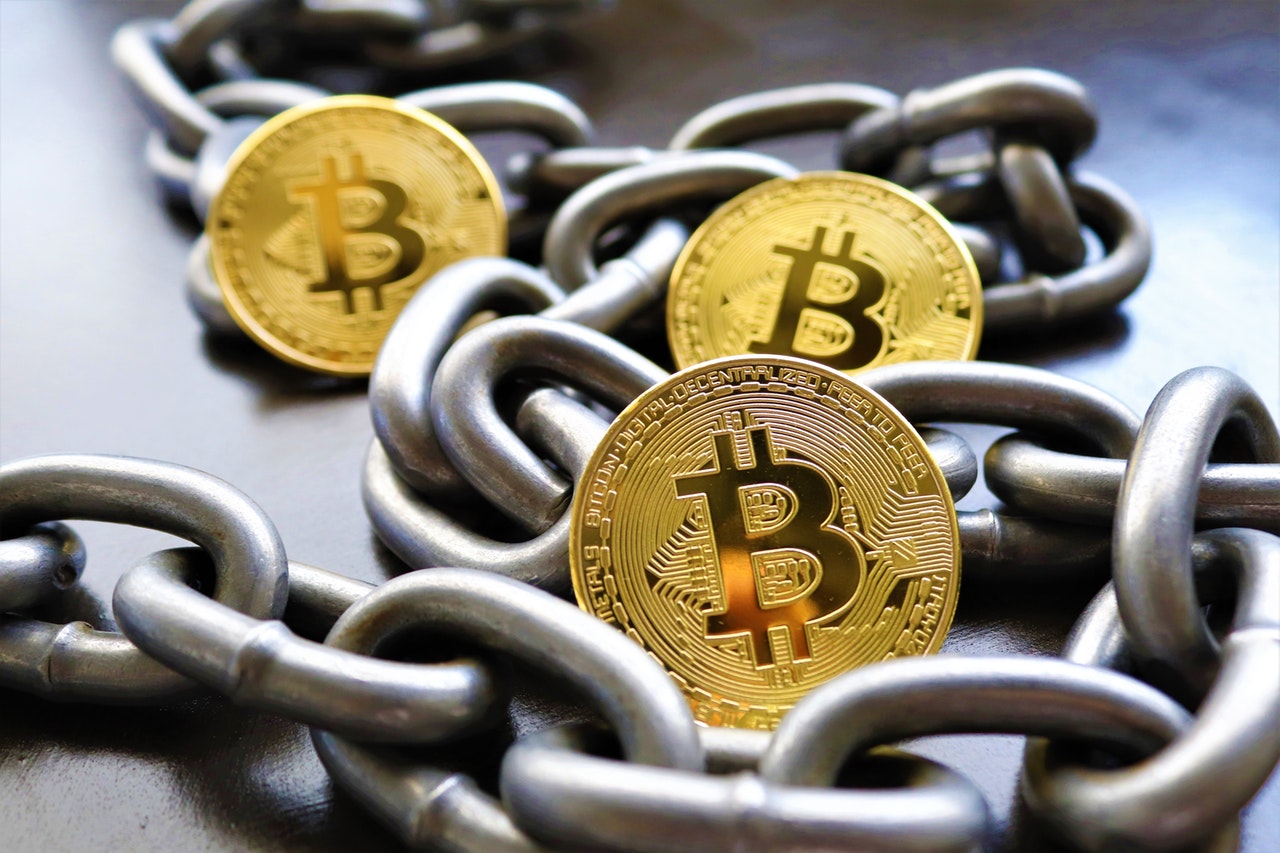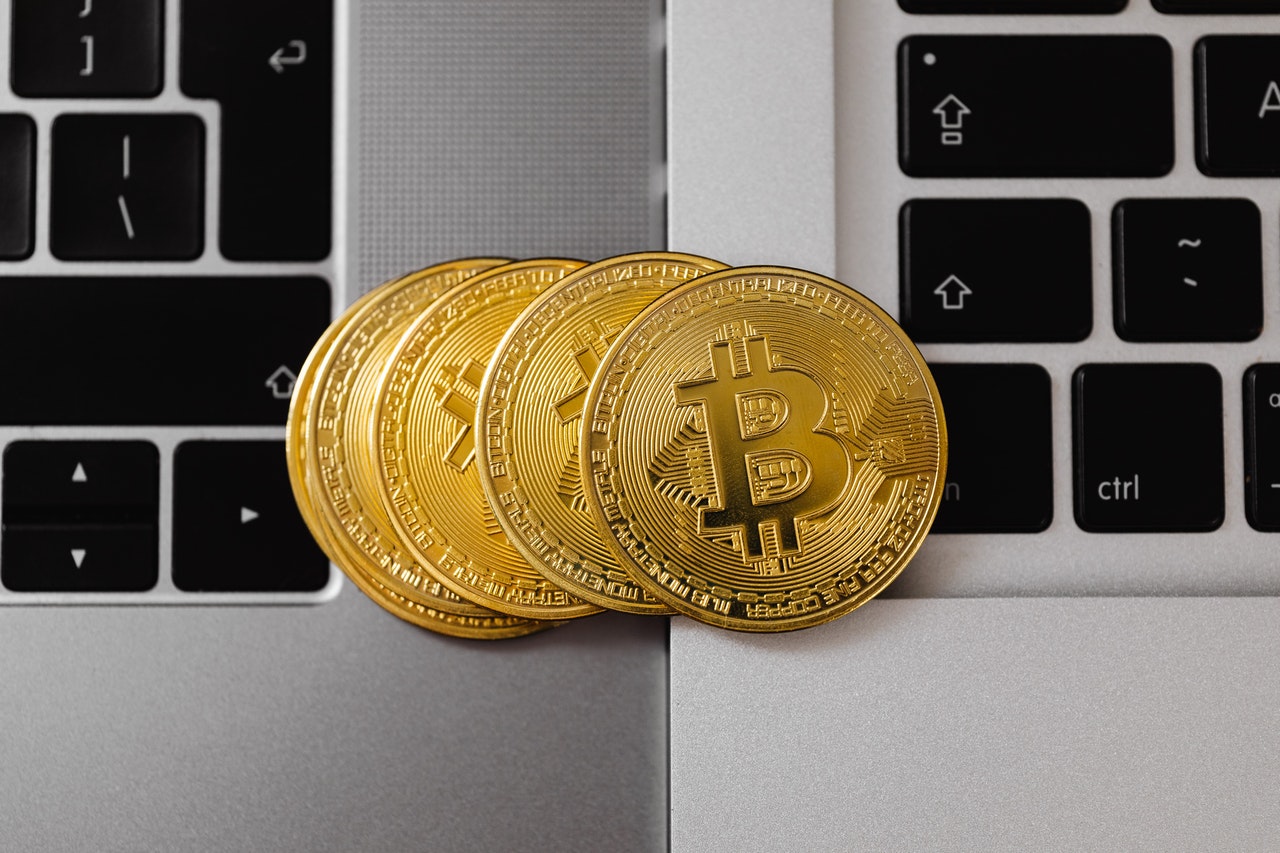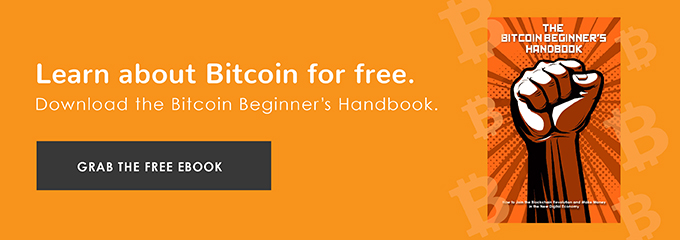How to Speed Up a Bitcoin Transaction

Do you have a bitcoin transaction stuck on the blockchain that isn’t settling? No worries! In this guide, you will learn how to speed up a bitcoin transaction.
How Miners Confirm Bitcoin Transactions
Imagine you have just made a bitcoin transaction and are waiting for a confirmation. As you wait, several things are taking place on the Bitcoin blockchain. One of those activities is that your transaction joins other valid but unconfirmed transactions in the mempool.
Miners then select transactions depending on the fees attached to them. They give the transactions with the highest fees priority. Mining fees incentivise miners. Therefore, they will pick transactions with the highest fees. These transactions will make it to the block that the miners will add to the blockchain.
If you did not pay a large fee, then your transaction will have to wait to get into the next block. As a result, you will wait a while to get your confirmation.
Bitcoin miners compete to solve a mathematical puzzle using computing power to determine who will add the next block to the blockchain. Every new block that is added to the blockchain is another confirmation of your transaction. For security reasons, you should wait for six confirmations.
For instance, if you are receiving payment in bitcoin for a product, you are guaranteed that double spending will not take place after receiving six confirmations. You should, therefore, not release the product until you receive six confirmations.
Another reason for a delayed confirmation is if you are using a bitcoin exchange. Some exchanges might not include bitcoin mining fees, thereby causing confirmation delays. Moreover, the 1MB block size limits the number of transactions that a block can hold. Consequently, this could cause a confirmation delay.
You can view the mempool size on a site like blockchain.com to estimate how long network congestion will last. A high mempool size indicates a highly congested network hence long confirmation times and high fees.
How to Speed Up Bitcoin Transactions

You can speed up a bitcoin transaction in the five ways explained below.
Increasing Fees
When you realise that your bitcoin transaction is “stuck,” you should consider increasing the fees. Keep in mind that bitcoin miners need these fees to keep securing the network. Therefore, when you increase your fee, you prevent your transaction from stalling.
Most wallets allow users to adjust the mining fees as they please. That means that you can increase the mining fees easily.
Using a Bitcoin Accelerator
Alternatively, you can use a BTC transaction accelerator to speed up your bitcoin transaction. A bitcoin transaction accelerator is an off-chain request to a mining pool to add a transaction to the next block even though the mining fee is low. Miners run this paid service to speed up bitcoin transactions. However, some BTC accelerators offer this service for free.
Some examples of bitcoin transaction accelerators include:
- ViaBTC: this accelerator offers its service for free. However, you need a minimum transaction fee of 0.0001BTC/KB to use this service.
- Bitcoin Afterburner: this is a tool accessible via a mobile app. The fee for using this service is $5.99 plus the miner fee.
- Bitcoin.com: this is a paid service that helps people to speed up their “stuck” bitcoin transactions in collaboration with other mining pools. The fee could range from around $5 to $10, depending on the network traffic.
Executing Child Pays For Parent Technique
The Child Pays For Parent (CPFP) technique entails creating a new (child) transaction with a higher fee than the original unconfirmed transaction known as the parent. The high fee of the child transaction will attract miners to confirm both transactions. That is because they cannot confirm the second transaction without confirming the first.
A CPFP transaction uses the change of the unconfirmed transaction to create the new transaction. For example, assume you have 2BTC in your wallet after receiving 0.5BTC from four different people. Although your wallet shows that you have 2BTC in total, it keeps track of each transaction separately. Therefore, if you want to send someone 0.25BTC, the wallet will send one of the 0.5BTC transactions. That is because your wallet does not have an input that is exactly 0.25BTC. However, you will receive the change through a new transaction. That means that your wallet will create two output transactions as follows:
- 0.25BTC to go to the recipient.
- 0.25BTC to a new address that your wallet will create to receive the change.
The unspent 0.25BTC is called the unspent transaction exit (UTXO). The CPFP transaction uses this balance to create a new transaction with a higher mining fee to accelerate the confirmation of the parent transaction.
Note that input refers to the source transactions of the BTC that you received and output refers to the address of the recipient.
Several wallets, like Exodus, offer their users the option to make CPFP transactions.
Speed Up a Bitcoin Transaction Through Replace By Fee
Replace By Fee (RBF) is another method that you can use to speed up a bitcoin transaction. This technique allows you to replace the unconfirmed transaction with a new one. You will pay a higher mining fee in the new transaction to attract miners and decrease the confirmation delay.
RBF has the following variations:
- Full RBF: you will pay the fee of the original and new transaction.
- Opt-in RBF: in this version, you have to signal that the transaction allows a replacement before sending it.
- Delayed RBF: you can replace the original transaction after miners have mined a certain number of blocks.
- First-seen-safe RBF: you must pay all the same outputs as the transaction you are replacing.
Acquiring SegWit Wallets
Bitcoin users can decongest the network by using a segregated witness (SegWit) wallet. SegWit is a Bitcoin protocol upgrade that separates the transaction signatures to enable the transaction to use less data on the BTC network. As a result, it creates more space for more transactions, permitting users to enjoy faster confirmation times and lower fees. Examples of SegWit bitcoin wallets are Exodus, Luno, and Electrum.
Bitcoin transactions are increasing. By the end of 2016, the daily bitcoin transactions that the network processed were below 300,000. Now, the daily bitcoin transactions are above 300,000, according to Ycharts. Therefore, the above solutions will be in higher demand as time goes on.
To learn more about Bitcoin, download the Bitcoin Beginner’s Handbook for free.


Magic Eden Has Quietly Become the Best Ethereum NFT Marketplace

Samara Asset Group Launches Bitcoin CPI (BTCCPI)

Introducing Noones – Africa’s P2P Super App

Why Crypto’s Leading the Way in Africa’s Evolving Finance Landscape

The Rise of Bitcoin in the Online Gaming World

Unlock the Thrills of NHL Crypto Betting and Live Streaming

Understanding the Impact of Cryptocurrency Volatility on NBA Betting Markets

The Future of Crypto College Football Betting: Trends and Predictions

How Mobile Apps are Changing Sports Betting



